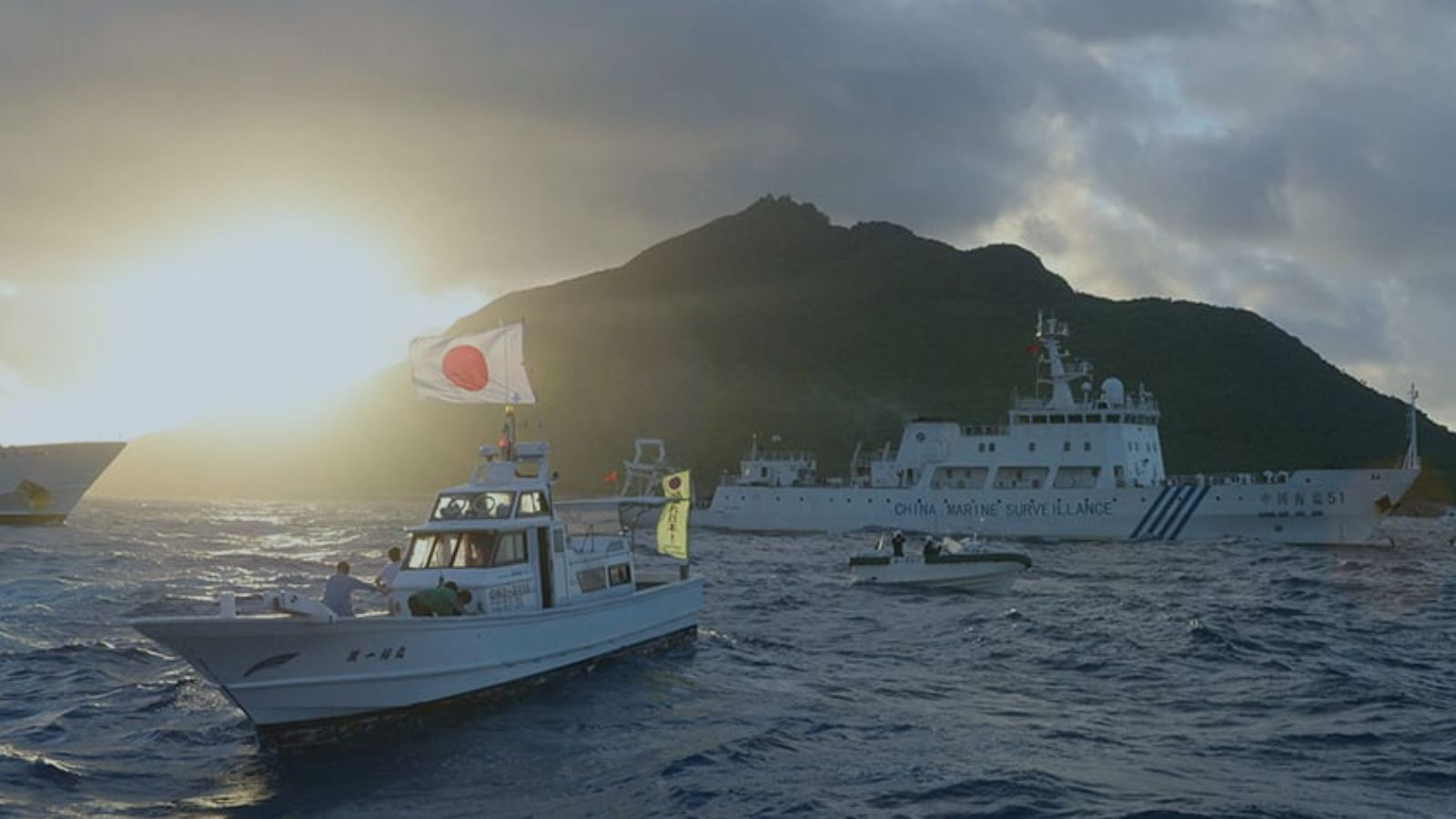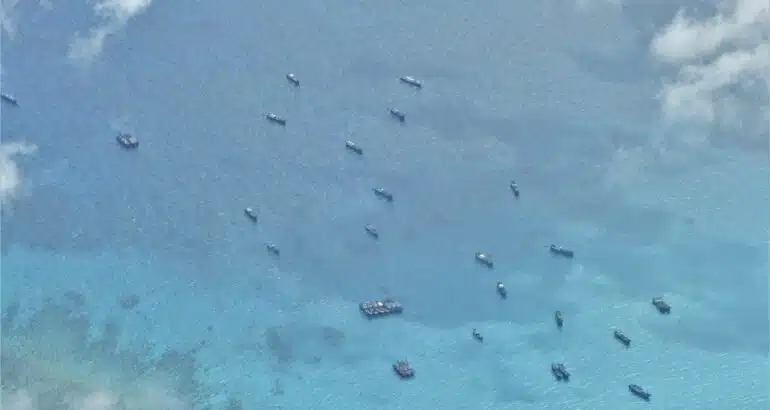Assessing Military and Non-Military Incidents at Sea in the Asia-Pacific
In this report, Dr Rebecca (Bec) Strating reviews and analyses incidents involving military and non-military vessels in the Asia’s maritime domains concentrated on the oceans and seas of Asia, including the Pacific and Indian Oceans and the South and East China Seas. This report identifies 20 military-to-military incidents reported through open-source news from 2010 until 2022. In contrast, 59 incidents involving non-military vessels were identified.
Click here to download the full report
Dr Strating finds that most military-to-military encounters in the last twelve years (2010-2022) have been between the United States and the People’s Republic of China. With tensions increasing between the two nuclear powers, many experts fear that a misunderstanding in the Asian maritime domain could risk escalating into conflict. At least six of these incidents have occurred in the airspace above the seas. The findings show how a military-to-military incident between the US and China is a potential catalyst for a conflict in the region and highlight the urgent need for greater dialogue and enhanced confidence and security building measures.
The report highlights that that non-military incidents have been three times more frequent and widely reported than those between military-to-military vessels over the period from 2010 to 2022. The reported incidents involved regional and extra-regional actors, including Australia, Japan, China, South Korea, and the United States. Future maritime incidents in Asia are increasingly likely to involve non-naval vessels, writes Dr. Strating.
The report also highlights that:
- Over fifty percent of the incidents involving ‘non-military vessels’ during the period from 2010 to 2022 have been related to coastguards interacting with fishing vessels (excluding accidents). In most of these cases, the Chinese coastguard were involved in collisions or incidents with coastguards and vessels of either Japan, Vietnam, Philippines, or South Korea.
- Non-military incidents have become more prevalent in the East and South China Seas as the PRC engages in ‘grey zone’ tactics that involve the use of non-military assets such as coastguards, fishing and survey vessels for strategic ends and are designed to pressure smaller powers and prevent them from exploiting maritime space.
- Non-military maritime incidents have also involved military and commercial vessels and even cargo and research vessels. In October 2022, for instance, a North Korean merchant ship crossed the de facto maritime boundary ‘Northern Limit Line (NLL)’ in the Yellow Sea, provoking a South Korean military vessel to respond by firing warning shots. In 2019, the Indian Navy forced a Chinese research vessel out of Indian Exclusive Economic Zone off the coast of its Andaman and Nicobar Islands.
To maintain stability and avoid crisis in Asian waters, Dr Strating calls on regional and extra-regional actors to:
- Clarify or resolve the ambiguity and gaps in the maritime ‘rules-based order’ and build the knowledge and legal training of maritime operators.
- Extend regional codes of conduct like the COLREGS (Convention on the International Regulations for Preventing Collisions at Sea) and CUES (Code for Unplanned Encounters at Sea) to be applicable not just to naval vessels, but also to coastguards and other civilian vessels.
The report is the first part of series of three scoping papers commissioned for the project on Maritime Incidents and Escalation in Asia-Pacific – a joint project undertaken by APLN and VERTIC (the Verification Research, Training and Information Centre). The project seeks to identify the risks of dangerous maritime incidents in the Asia-Pacific; evaluate the suitability of existing bilateral and multilateral arrangements to current strategic realities in the Asia-Pacific; bring forward new proposals to fill important gaps; and help promote effective mechanism for managing and mitigating incidents and escalation at sea. The project is supported by the United States Department of State.
About the Author
Dr Rebecca (Bec) STRATING is the Director of La Trobe Asia and an Associate Professor in Politics and International Relations in the Department of Politics, Media and Philosophy. She received her PhD from Monash University in 2013. Her current research interests include maritime disputes in Asia and Australian foreign and defence policy. She has written three sole-authored books, most recently Defending the Maritime Rules-Based Order (2020), co-edited two special journal issues and one book (Australia on the World Stage, 2022), and written over 100 journal articles, book chapters, reports and commentaries. In 2018, she was awarded the prestigious Boyer Prize by the Australian Institute of International Affairs for best article published in the Australian Journal of International Affairs. Dr Strating is currently a non-visiting fellow at the Royal Australian Navy’s Seapower Centre, an Expert Fellow at the ANU’s National Security College, a member of the East West Centre Council on Indo-Pacific Relations, and chair of the Women in International Security Australia’s steering committee. She serves on the editorial boards of the Australian Journal of International Affairs and Journal of Maritime and Territorial Studies. Previously, she has been an Asian Studies Visiting Fellow at East West Center in Washington DC, visiting affiliate fellow at the Institute of Southeast Asian Studies in Singapore, affiliated researcher at Georgetown University, a non-visiting fellow at the Perth US Asia Centre, and a visiting fellow at the Australian War College (2020-2023).
Disclaimer: The views expressed in this paper are those of the author and do not necessarily reflect those of the funder nor of the project partners, their staff or boards.
Image Description: A frigate passes with a cutter in the background in the Philippine Sea.
Image Courtesy: iStock/Benny Winslow




